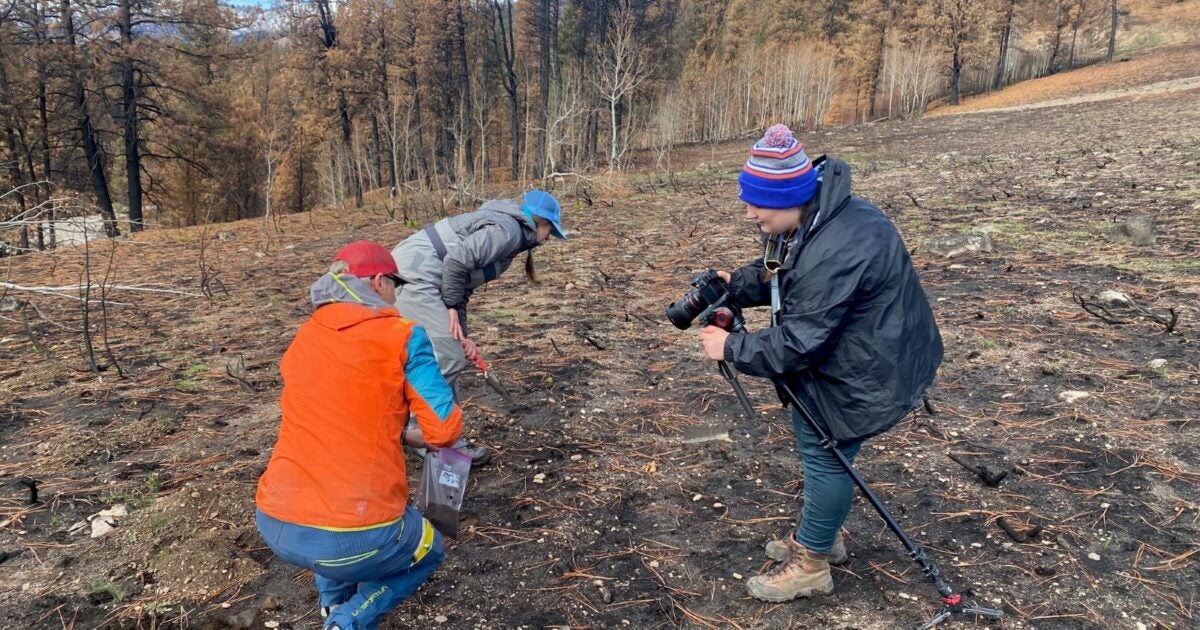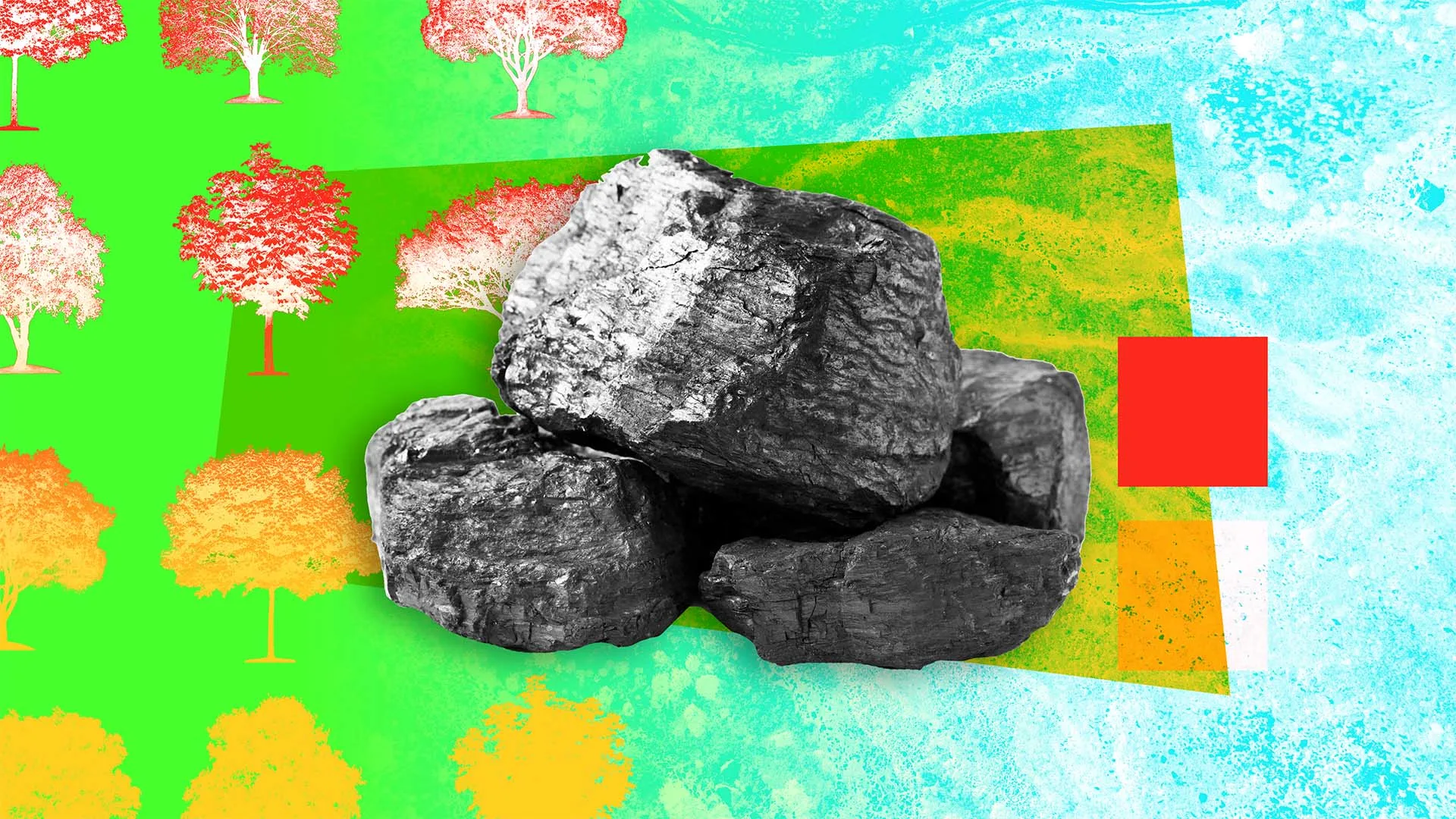Toxic Tipping Points: The Hidden Metrics Reshaping Our Environmental Future

Climate change isn't just a scientific abstraction—it's a deeply personal experience that communities feel viscerally when confronted with unprecedented environmental challenges. While researchers meticulously define "extreme" conditions through precise measurements and data points, these technical definitions often fall short of capturing the nuanced, lived realities of people directly impacted by shifting environmental landscapes.
The human experience of climate change transcends cold statistical analysis. It's about the farmer watching crops wither under relentless heat, the coastal resident witnessing rising sea levels threaten generational homes, and the community adapting to increasingly unpredictable weather patterns that disrupt traditional ways of life.
Scientific metrics provide crucial insights, but they can't fully translate the emotional and cultural dimensions of environmental transformation. Each community experiences climate change through a unique lens shaped by local geography, economic conditions, and cultural resilience. Understanding these complex narratives requires moving beyond numerical thresholds and listening to the voices of those most intimately affected by our changing planet.








